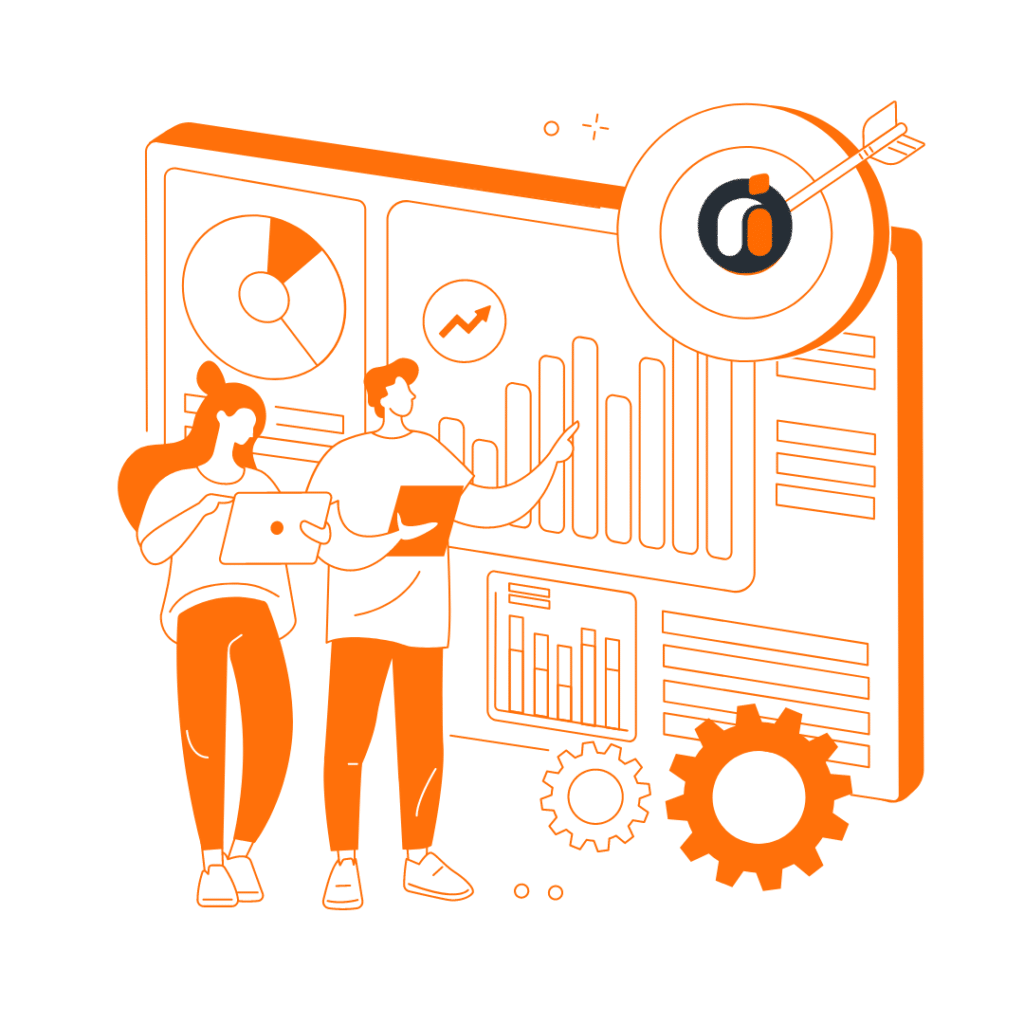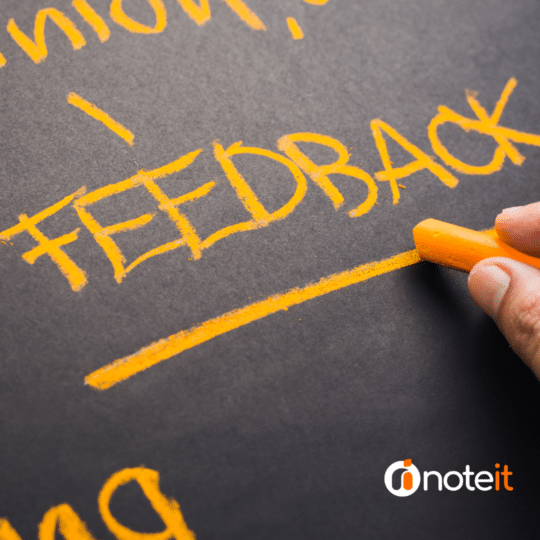Gamification is a pretty simple concept at the outset. Human beings are, by and large, competitive. We like going head to head with one another, and we enjoy striving to best our own personal targets even more so. Games motivate us, and winning lights up the reward centre of our brains, dousing our grey matter in lovely serotonin.
The question is: by applying this to the workplace, how can we help our employees become happier and more productive?
Gamification is a growing trend in HR. Primarily this takes the form of providing employees with feedback digitally, turning what can often be an awkward part of one’s working life into something punchy, clear, and even fun.
By using such things as points-based systems and rewards, employees can be encouraged to take a more active and regular interest in their personal development.
A new method for a new era
The reason this works so well in 2021 is simple: the world around has changed, and continues to change at dizzying speed each day. With the soaring popularity of social media and mobile apps, coupled with the ever-larger leaps and bounds made in technology, it was inevitable that sooner or later the modern workplace would adapt.
The moreish little hits of serotonin we get from social media notifications or incoming messages mix very comfortably with the world of HR and employee feedback.
After all, isn’t that what Facebook or Twitter notifications are—little bits of feedback on our personalities, and evidence of how we’re doing socially?
How to gamify your feedback
If you’re going to gamify your workplace feedback, it’s important to look at what makes other game-like apps so popular and engaging. There’s a winning formula:
- Competition
- Winning points
- Levelling up
- Badges/goals
- Rapid feedback
Used together, these can make for a very engaging ‘game’ indeed. A further point that could be included is ‘consent’; that is, employees who opt-in are far likelier to enjoy and benefit from the scheme than those who are forced. When employees are strong-armed into using gamified feedback when they don’t want to, their engagement tends to take a nosedive.
Finding purpose
The elements you gamify have a clear sense of purpose. Rewards need to be given when targets are hit, and the game must be seen to be useful and practical. A simple-yet-effective approach wherein employees can quickly check their scores for various parameters and their proximity to rewards is the goal, not a labyrinth of bizarre rankings which don’t seem to impact anything at all. The game will only work if it is seen to carry weight.
Rewards could be extra holiday time, early finishes, vouchers, cash, or something more creative. Just make sure it feels like a fair exchange; receiving a ‘nice work buddy!’ sticker after twelve months of labour is arguably worse than receiving no bonus at all.
What are the benefits of gamification in the workplace?
Friendly competition
Setting up your approach so that employees can see one another’s scores is a great way to inspire a little competitiveness. The employees who top the pile will gain satisfaction and happiness from the praise they receive, while the ones lower down can see an honest reflection of where they stand, and can be coached to improve.
Strengthened relationships
The best approach should have a social element; the ability to congratulate one another, or at the very least to receive a notification when a colleague has reached a certain milestone. This can then translate to the celebration of achievements together. This can spread beyond teams and levels of employment too; the beauty is that everybody plays together.
Feedback and rewards are transparent
No more nasty shocks at the annual review! By using a gamified approach, your employees will be able to keep track of where they stand within the company at all times, meaning you can provide help when necessary, and there won’t be long awkward silences at performance review meetings when something long-buried arises.
On the flip side of this is the excellent morale-boost that comes from watching a reward edge closer day by day. If your staff are particularly close to one another in terms of ability and diligence, expect to see a real jump in productivity and engagement as the gap between the front-runners for the top prize narrows.
Note: it’s probably not great for morale to have the same employee win over and over again. By providing your team with coaching and support, you can ensure that every week or month it’s a new face.
A gamified future?
While it may seem a little far-fetched to imagine an office where HR feedback is gamified entirely, it’s becoming the norm in many forward-thinking companies around the world. Whether you’re chomping at the bit to develop your own approach and revolutionise the way your HR department operates, or you’re simply curious to see what it all might look like in practice, it’s well worth considering the psychology of gamification when you plan for the future.
It’s 2021 and things are moving fast—and to be the best, you need to keep up!



